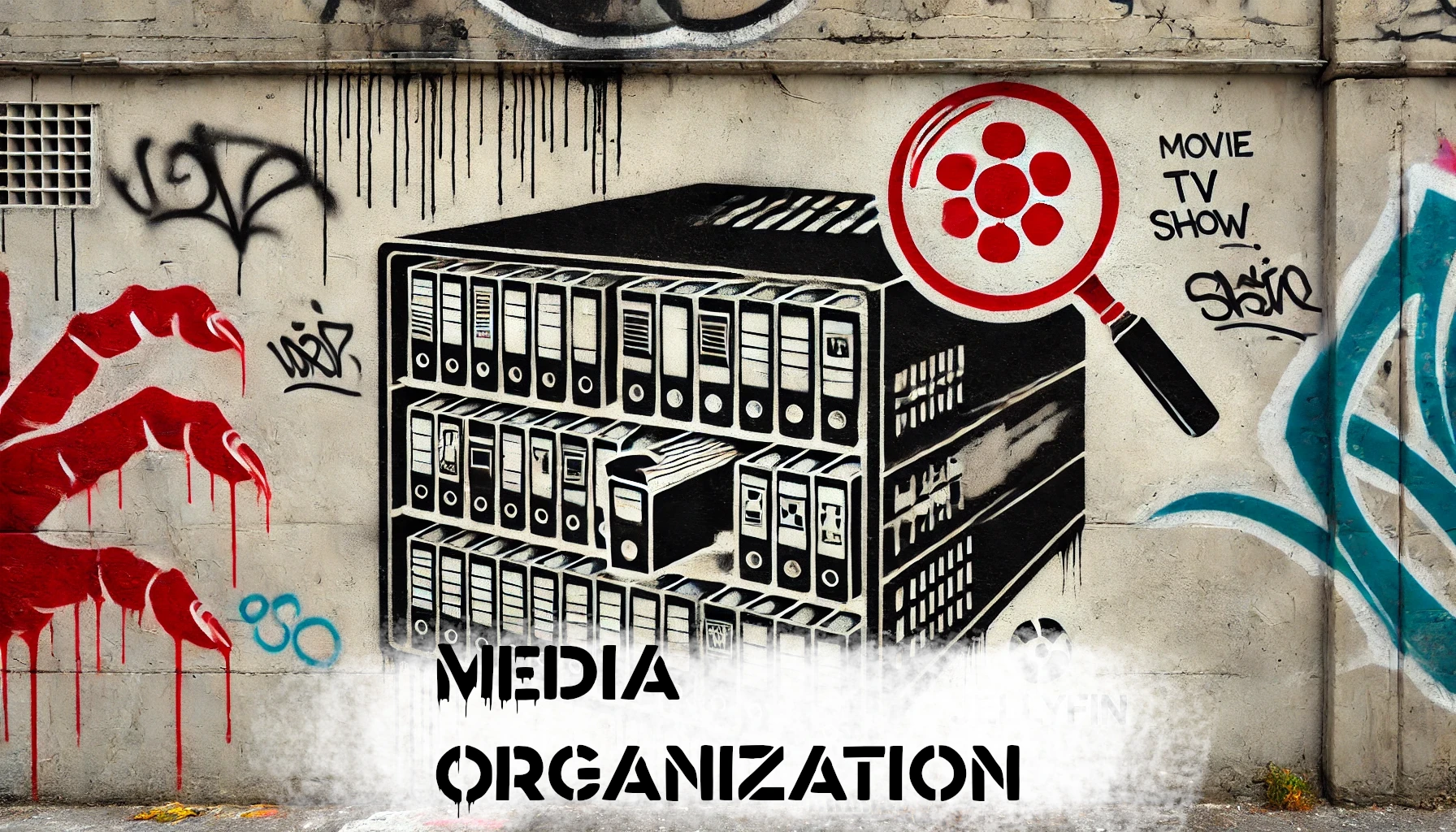Master the Basics - How Proper Organization Helps Jellyfin Automatically Fetch Metadata and Display Content Correctly
Get Your Media Library in Shape: Why File Organization is Key for Jellyfin

How Proper Organization Helps Jellyfin Automatically Fetch Metadata and Display Content Correctly
When setting up your home media server with Jellyfin, organizing your files and folders isn’t just about keeping things tidy. It’s crucial for Jellyfin to correctly fetch metadata and display your content the way you want. Metadata includes all the details that enhance your media library, like movie posters, episode summaries, cast information, and ratings. If your files aren’t well-organized, Jellyfin might struggle to match them with the correct metadata, leading to blank thumbnails or incorrect details.
Why File Organization Matters for Metadata
Jellyfin relies on file and folder names to identify your media and retrieve metadata from sources like TheMovieDB or TVDB. These databases use your file names to pull the right information. Proper organization reduces errors and helps Jellyfin accurately recognize your content.
For example:
- Good Organization:
Movies > Inception (2010) > Inception (2010).mkv - Bad Organization:
Downloads > My Movies > movie123.mkv
In the first example, Jellyfin gets clear clues about the movie’s title and release year, making it easy to find the right metadata. In the second example, Jellyfin has no context and would likely struggle to identify the movie.
Steps to Organize Your Library for Jellyfin
-
Separate Media Types into Folders
Jellyfin works best when movies, TV shows, and music are stored in separate parent folders.- Example:
media/ ├── Movies/ ├── Shows/ └── Music/ -
Use Clear, Standard Naming Conventions
Follow naming formats that Jellyfin’s metadata agents recognize:-
Movies:
<Movie Name> (Year)- Example:
The Matrix (1999)/The Matrix (1999).mp4
- Example:
-
TV Shows:
<Show Name> (Year)/Season X/Episode Name or Number- Example:
Friends (1994)/Season 1/Friends S01E01.mkv
- Example:
-
-
Include Release Years for Movies and TV Shows
Movies and shows often have remakes or multiple versions. Adding the release year helps Jellyfin differentiate between them.- Example:
It (1990)vs.It (2017)
- Example:
-
Group Multi-Episode Files Correctly
For episodes bundled into one file, use formats like:Show Name S01E01-E02.mkv
-
Add Subfolders for Extras
If you have behind-the-scenes footage, deleted scenes, or other extras, place them in an appropriately labeled subfolder within the movie or TV show folder.- Example:
Inception (2010)/Extras/Behind the Scenes.mkv
- Example:
Benefits of Proper Organization
-
Accurate Metadata Fetching
A clean file structure helps Jellyfin match your media with the correct metadata, ensuring your library displays the right titles, covers, and descriptions. -
Improved Search and Sorting
When metadata is accurate, Jellyfin can categorize and filter your media effectively, making it a breeze to find what you’re looking for. -
Fewer Manual Fixes
A messy library often means spending time manually editing metadata or renaming files—tedious work you can avoid by organizing your files properly from the start. -
Enhanced User Experience
Good organization lets Jellyfin’s interface shine, transforming your media server into a sleek, professional-looking hub for all your content.
Final Thoughts
Taking the time to organize your media library before importing it into Jellyfin can save you from headaches down the road. It might seem a bit tedious now, but setting up a clean file structure is the key to a smooth, trouble-free Jellyfin experience. A little effort up front means enjoying a beautifully curated media library for years to come.
Ready to get started? Organize your files, and let Jellyfin do the rest!

